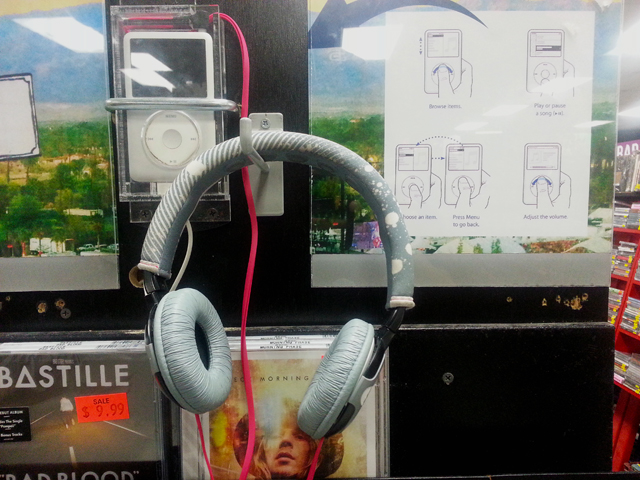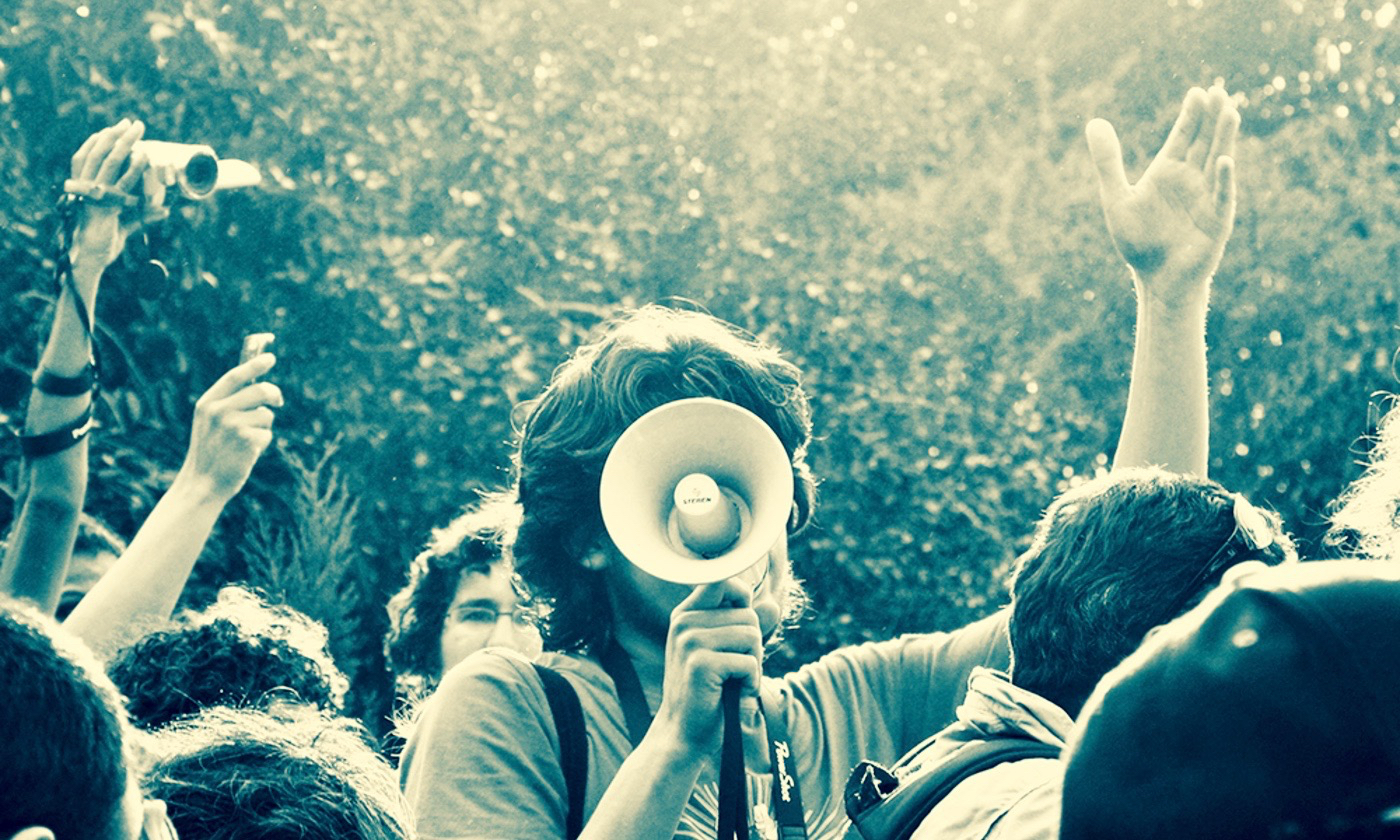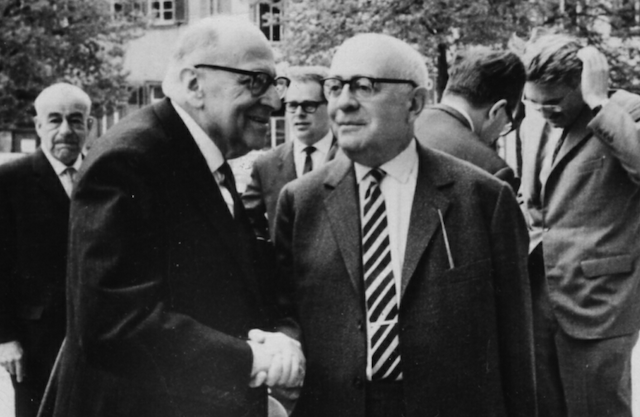It made me feel sad, seeing the “perfect thing” reduced to such a pedestrian function. Impersonally repurposed, devoid of caché, the antithesis of the iPod’s glory years. Worse still, it had been caged next to instructions on how to use it, as if the average consumer would have forgotten, in stark contrast to the portable phonograph displayed by the cash register for Record Store Day.
Thinking back on the iPod’s “classic” years right now is a little like recalling the heyday of silent cinema from a vantage point in the late 1930s. Purists might lament what listening to music has become in the interim, but it still feels too soon to be properly nostalgic. We’re too excited by what the latest technology can do to enhance our experience, like movie audiences enraptured by the Technicolor majesty of Gone With the Wind, to register what we might have lost in the process.
In the case of the iPod, this task is made harder by the fact that there is no clear-cut distinction between what music sounded like on the vast majority of iPods in 2002 or 2006 and what it sounds like on people’s smartphones today. The loss of nuance that has plagued consumer audio since the mp3 became dominant remains the biggest problem from an audiophile’s perspective. But it’s not as if it has gotten worse.
To be sure, the latter incarnations of the iPod Classic, in their 120 and 160 gigabyte sizes, made it possible to load a lot of music onto one’s portable music player in a “lossless” format at a somewhat reasonable price, as compared to the high-end iPod Touch, which only comes with 64 gigabytes of storage. Yet few people actually used their Classics that way, preferring instead to sync as much of their collection as they could in the compressed mp3 or m4a formats, often from libraries ripped at a lower bit rate than was necessary. The emphasis, in other words, fell on the portable library’s completeness rather than the quality of the reproductions that comprised it.
The situation today is markedly different. Most people’s priorities have shifted from bringing their own music library on the road with them to ensuring that they have access to vastly larger libraries in which they have borrowing privileges, but no claim to ownership. Given how gradually this transformation has occurred over the past decade, its underlying significance is not immediately apparent. But it is worth taking the time to ponder the topic with care.
For some time now, we have been evolving from a society in which ownership — of modern conveniences, cars, and homes, but also of culture — was the primary goal for people of means, into one with a more transitory conception of belonging, one in which we lease, rent, borrow and, at times, steal without as much concern for what will stay in our possession for an extended period of time and, perhaps, outlast us, to be handed down to our heirs.
The reasons for this change are many, though usually bound up with the way in which capitalism has developed since the Cold War. For the purposes of understanding what the classic iPod and its competitors meant to us and what they signify now, however, it is sufficient to point out how much our everyday understanding of collecting has mutated. Increasingly, collections are what we seek to secure and sustain access to, their contents by definition not ours to dispose of, instead of what we want to build for ourselves and, as a consequence, protect.

This is the truth of the Cloud, as Microsoft relentlessly advertised it a number of years back. Like its vaporous namesake, it is ultimately beyond our personal control, however many incantations we cast in its direction. In a manner so self-evident that it is liable to escape detection, the collection has become depersonalized. We may still wish to see ourselves reflected in its vastness, rearranged to suit the particularity of our desires. But deep down we are always mindful of the distinction between querying a database available to billions of people and looking through a library of items that truly belong to us.
Does it make sense for music lovers to mourn the iPod’s decline? While the device cannot take all the blame for the levelling of differences that formats like MP3 and M4A made possible, it certainly played a major role in their ascendance. As people became used to hearing music that had been diminished by compression and recontextualized by the iPod’s file structure — reduced to the common denominator of convenience — the pursuit of fidelity was marginalized. For the majority of consumers, it was more important to have tracks play at the same volume than to respect their original dynamics. The imperative, as theorists of postmodernism might note with satisfaction, was to sustain a sense of flow.
There’s another way to look at this process, though, one that shows the iPod in a more favorable light. Yes, the device levelled musical differences. But it did so in the service of human ones. The more recordings in a collection are made to sound similar, the less likely they are to make it seem incoherent. Personalization doesn’t work unless it solidifies the consumer’s sense of self. By prioritizing the function of the music library as a whole over that of its individual elements, the iPod contributed significantly to a feeling of portable identity, the sort that exists alongside and, potentially, in place of roots.
From one perspective, the cloud-centered culture that predominates now takes this principle even further. Yet it comes to us in a form at odds with ownership. The music we stream — and, in some cases, provisionally download — from Spotify, Beats Music and similar ventures, as well as what we access on YouTube, never belongs to us the way that the music we manually load onto our computers did. No matter how many playlists we construct, no matter how many of our friends to subscribe to them, we are still working with borrowed materials. They belong to a library, but not our library.
To be sure, there were plenty of iPods filled with content obtained through less-than-legal means. As Napster had already made clear in the late 1990s, when the iPod was still a few years away, the digitization of culture dooms property rights to a state of perpetual crisis. But most music lovers built their library on the foundation of records they had purchased, even if they had acquired music by other means. And the iPod had the effect of levelling these differences in provenance as well. Provided that the core of one’s library conveyed a strong sense of ownership, the rest of the recordings would be imbued with its traces as well.
After loading up one’s iPod with songs — a time-consuming process, particularly for the devices with bigger hard drives — the consumer could then fine tune the library over time, creating playlists suited to different activities or moods. Because this customization wasn’t oriented towards sharing with others, as its equivalent on Spotify or Beats is, it enhanced the iPod’s aura of personality, making it function something like a well-worn shoe. Even though Apple offered iPod Classics with only slightly more options than a Model-T Ford — white, then black, then black or silver — the huge range of third-party accessories that developed over the years testified to consumers’ desire to distinguish their particular iPod from other people’s.
In short, the classic iPod was a prized possession. Whatever its shortcomings, the device still encouraged consumers to act the part of curators. Today, that level of care seems excessive, even perverse. Collections that took decades to develop have been rendered irrelevant by easy access to content stored in the Cloud. From one perspective, this could be considered progress, the latest stage in the process Walter Benjamin describes in “The Work of Art in the Age of Mechanical Reproduction”. But the feelings of dispossession that accompany this development will not dissipate until those great collections in the sky belong to everyone equally, rather than being the domain of corporations.
Photographs courtesy of Charlie Bertsch and Joel Schalit





